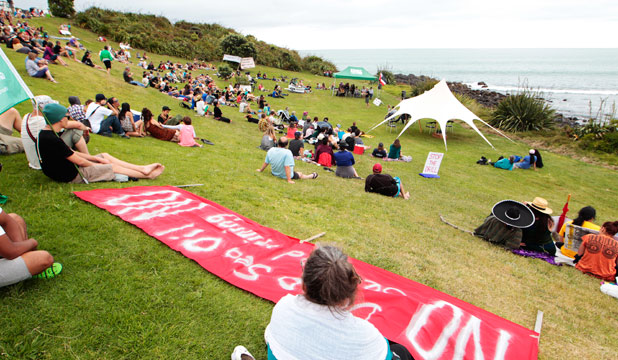http://www.commondreams.org/newswire/2013/11/21-7
FOR IMMEDIATE RELEASE
November 21, 2013
3:56 PM
CONTACT: Congressman Keith Ellison
Mike.Casca@mail.house.gov
WASHINGTON – November 21 – As House and Senate budget negotiators look for ways to lower deficits, Sen. Bernie Sanders (I-Vt.) and Rep. Keith Ellison (D-Minn.) today introduced legislation to eliminate tax loopholes and subsidies that support the oil, gas and coal industries.
The End Polluter Welfare Act of 2013 would remove tax breaks, close loopholes, end taxpayer-funded fossil fuel research and prevent companies from escaping liability for spills or deducting cleanup costs. Under current law, these subsidies are expected to cost taxpayers more than $100 billion in the coming decade.
The White House budget proposal for next year calls for eliminating several of the same provisions that the legislation by Sanders and Ellison would end.
“At a time when fossil fuel companies are racking up record profits, it is time to end the absurdity of American taxpayers providing massive subsidies to these hugely profitable fossil fuel corporations,” Sanders said.
“The five biggest oil companies made $23 billion in the third quarter of 2013 alone. They don’t need any more tax giveaways,” Ellison said. “We should invest in the American people by creating good jobs and ending cuts to food assistance instead of throwing tens of billions of taxpayer dollars at one of the biggest and most profitable industries in the world.”
The five most profitable oil companies (ExxonMobil, Shell, Chevron, BP and ConocoPhilips) together made more than $1 trillion in profits over the past decade.
Taxpayers for Common Sense, Friends of the Earth, 350.org, Sierra Club, Environment America, Greenpeace, Oil Change International, Public Citizen, Earthjustice support the bills.

